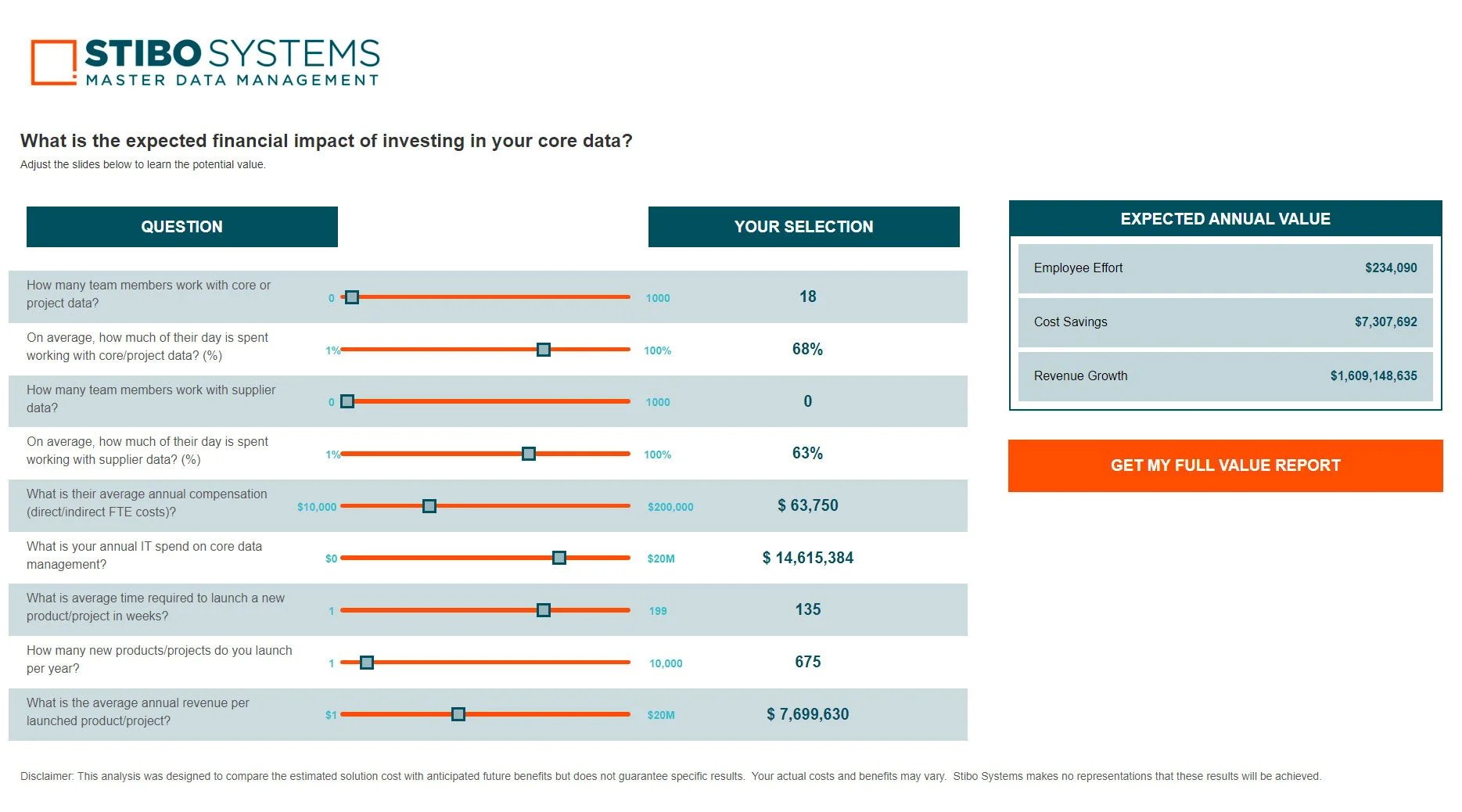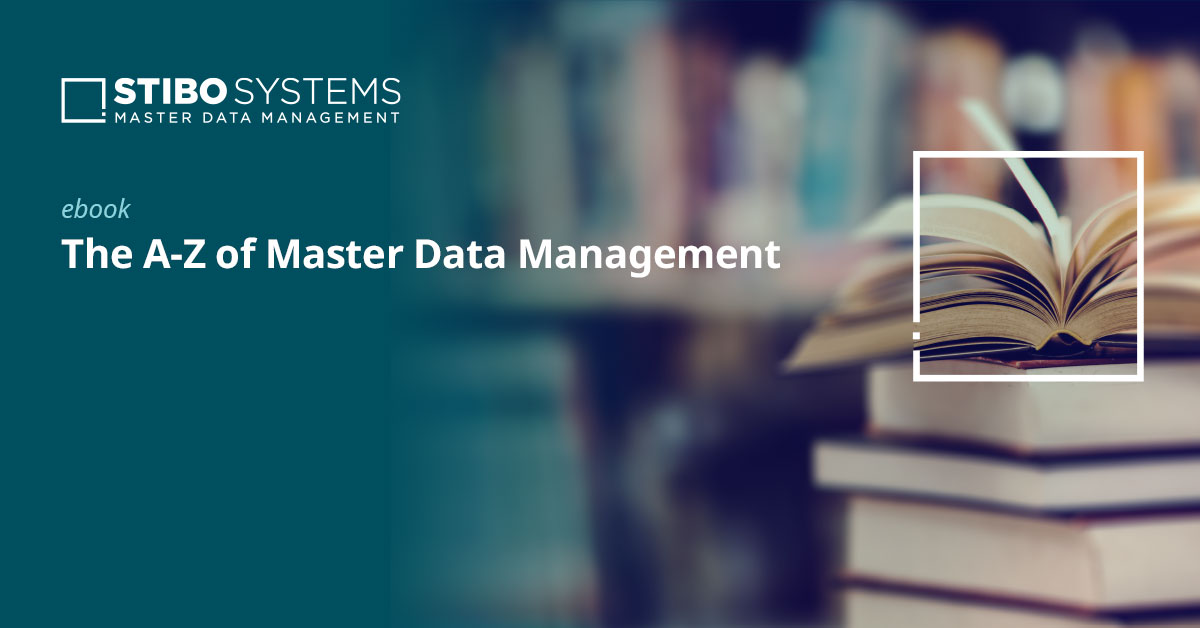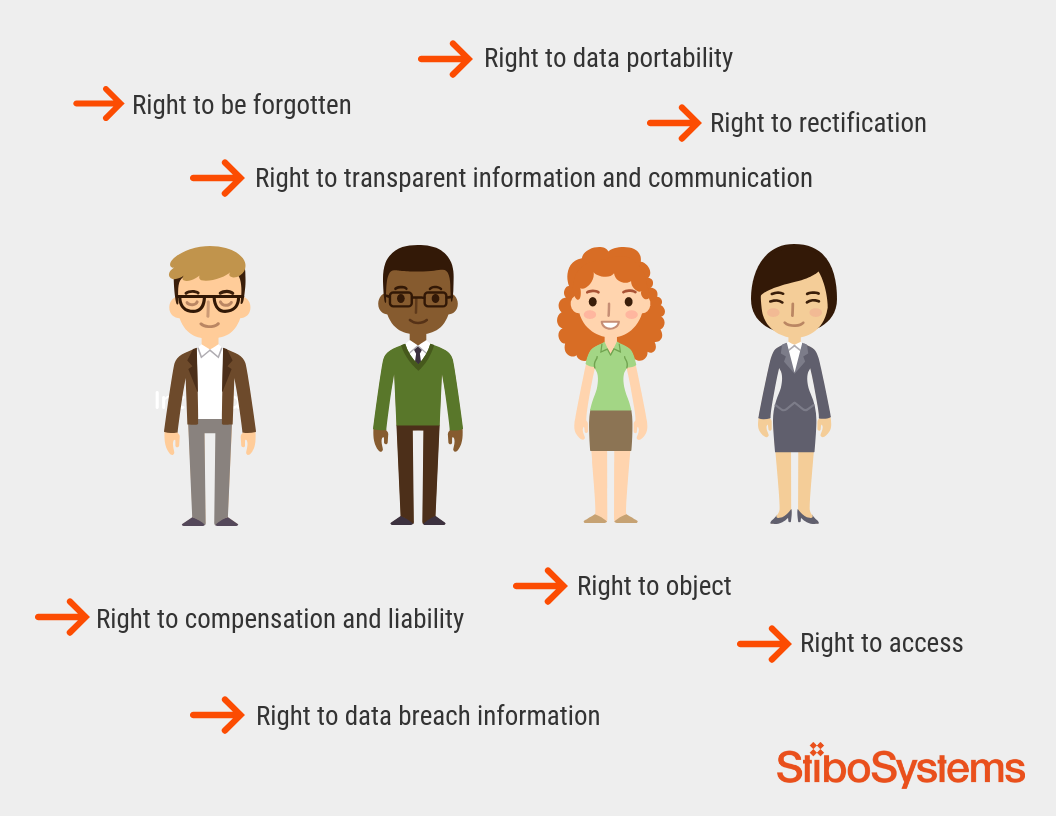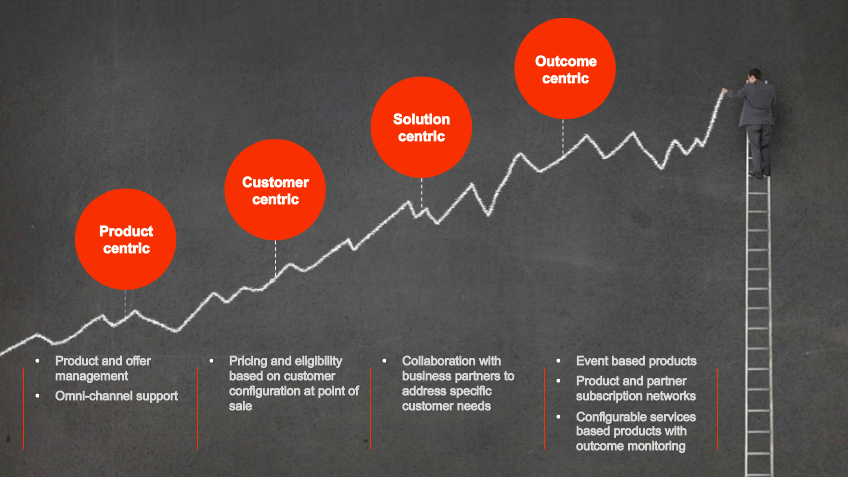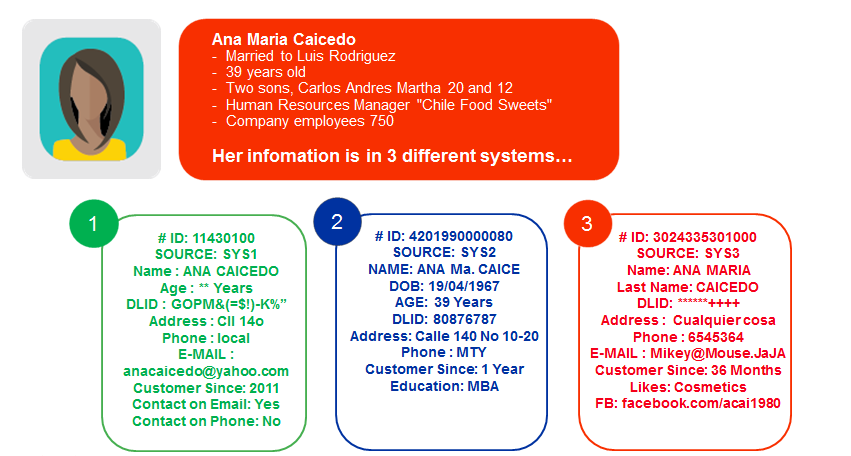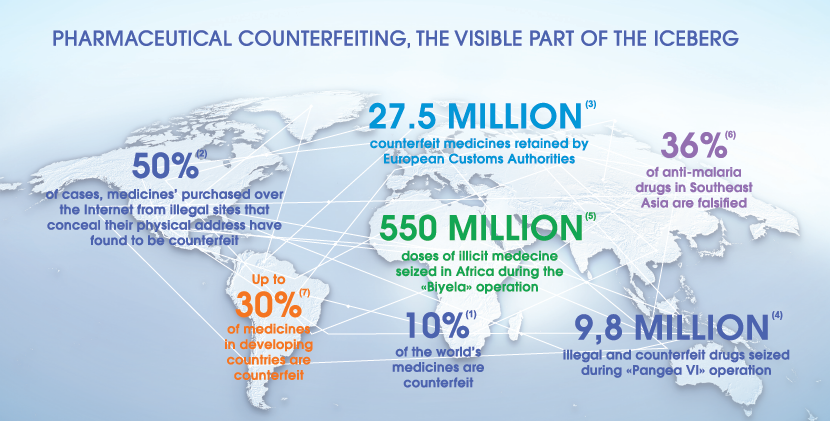In today's fast-paced business environment, mergers and acquisitions are becoming a primary growth vector for many organizations. While these deals can bring significant benefits, they can also create complex challenges for CIOs who are tasked with managing multiple internal systems that share data. The need to establish a single source of truth that can unite these systems in near real-time is becoming increasingly urgent. CIOs are looking for ways to streamline operations across old and new business units alike and master data management is emerging as a powerful solution to this challenge.
In this blog post, we will explore how master data management can help CIOs establish a single source of truth (SSOT) and achieve better data management practices that drive successful mergers and acquisitions.

What is a single source of truth?
A single source of truth is a concept used in data management that refers to the practice of structuring information models and associated processes in such a way that every data element is stored and maintained in one place. This approach ensures that all stakeholders have access to the same, consistent information, and eliminates the risk of data discrepancies that can arise when multiple versions of the same information exist across an organization. The goal of creating a single source of truth is to provide a reliable and authoritative reference point for decision-making and analysis.
Why is it important to create a single source of truth?
Creating a single source of truth is important for organizations because it ensures consistency and accuracy of data across the entire enterprise. This helps to avoid data silos and conflicting information, which can lead to errors, inefficiencies and missed opportunities. A single source of truth provides a common understanding and shared knowledge base, which can improve decision-making, collaboration and productivity. It also helps organizations comply with regulations and industry standards related to data management.
What are the benefits of creating a single source of truth?
Creating a single source of truth can bring several benefits to organizations, including:
1. Consistency
A single source of truth ensures that all data across the organization is consistent and up-to-date.
2. Accuracy
With a single source of truth, data is accurate and reliable, which can help organizations make informed decisions.
3. Efficiency
By having a single source of truth, organizations can streamline their processes and reduce the time and resources spent on managing data.
4. Improved collaboration
A single source of truth encourages collaboration and communication between teams, which can lead to better outcomes and more innovative solutions.
5. Data quality
A single source of truth enables organizations to maintain high levels of data quality by ensuring that data is accurate, complete and up-to-date.
How does a single source of truth support master data management?
A single source of truth support master data management in several ways:
1. Ensures consistency and accuracy
By having a single, trusted source of data, a single source of truth helps to ensure that data is consistent and accurate across the organization. This helps to prevent data silos and inconsistencies that can occur when multiple systems or departments have their own versions of the same data.
2. Improves data governance
A single source of truth provides a clear framework for data governance, which helps to ensure that data is managed in a consistent and compliant way. This includes defining data standards, establishing data quality rules and ensuring that data is properly classified and secured.
3. Reduces data redundancy
By having a single source of truth, an organization can reduce data redundancy and ensure that data is not duplicated unnecessarily. This helps to reduce storage costs and can also improve data quality by ensuring that there are no conflicting versions of the same data.
4. Facilitates integration
With a single source of truth in place, it becomes easier to integrate different systems and departments. This is because all systems can access the same source of data, making it easier to share data between systems and ensure that everyone is working with the same information.
5. Supports better decision-making
By having a consistent, accurate and up-to-date source of data, decision-makers can make more informed and data-driven decisions. This helps to improve overall business outcomes and can drive better customer experiences, increased revenue and reduced costs.
In summary, a single source of truth support master data management by providing a centralized repository of data that ensures consistency, accuracy and compliance. It helps to reduce data redundancy, facilitates integration between systems and supports better decision-making across the organization.
Best practices for implementing master data management and creating a single source of truth
Implementing master data management and a single source of truth can be a complex undertaking, but there are several best practices that organizations can follow to ensure success. Here are some of the key best practices for implementing master data management and a single source of truth:
1. Establish clear business objectives
Before embarking on a master data management and single source of truth implementation, it is essential to establish clear business objectives that align with the organization's overall strategy. This will help to ensure that the implementation is focused on delivering real business value and will help to secure executive buy-in.
2. Define data governance policies
Establishing clear data governance policies is critical to the success of a master data management and single source of truth implementation. This includes defining data standards, establishing data quality rules and ensuring that data is properly classified and secured. It is essential to involve key stakeholders in the development of these policies and to ensure that they are communicated effectively across the organization.
3. Identify data sources
Identifying the sources of data that will be included in the single source of truth is a crucial step in the implementation process. This includes identifying internal and external data sources, such as ERP systems, CRM systems and data warehouses. It is important to assess the quality of the data from these sources and to establish processes for cleansing and normalizing the data.
4. Develop a data integration strategy
Developing a data integration strategy is essential to ensure that data from various sources can be consolidated into the single source of truth. This includes identifying the appropriate data integration tools and processes and establishing clear data mapping and transformation rules.
5. Ensure user adoption
User adoption is critical to the success of a master data management and single source of truth implementation. It is important to involve end-users early in the process, to ensure that the system meets their needs and to provide training and support to ensure that they can use the system effectively.
6. Monitor and measure success
Once the implementation is complete, it is essential to monitor and measure success. This includes establishing metrics to track the performance of the single source of truth and to identify areas for improvement. Regular reviews of the implementation should be conducted to ensure that it continues to meet the organization's evolving needs.
By following these best practices, organizations can successfully implement master data management and a single source of truth, ensuring that they have a trusted and authoritative source of data that supports better decision-making and drives improved business outcomes.
How to choose the right master data management solution for establishing a single source of truth?
Choosing the right master data management solution is critical to the success of creating a single source of truth. Here are some key factors to consider when evaluating master data management solutions:
1. Identify your requirements
Begin by identifying your organization's specific requirements for master data management. This includes understanding the types of data that need to be managed, the volume of data, the complexity of your data environment and the number of systems that need to be integrated. Understanding your requirements will help you to select a master data management solution that can meet your specific needs.
2. Evaluate functionality
Look for a master data management solution that provides the functionality required to manage your data effectively. This includes capabilities such as data governance, data quality, data profiling, data cleansing, data transformation and data integration. It is important to ensure that the solution can handle both structured and unstructured data and can support your specific industry or regulatory requirements.
3. Assess ease of use
The master data management solution should be easy to use for both business users and IT staff. The solution should provide intuitive interfaces for data management such as data modeling, data mapping and data quality rules. It is important to ensure that the solution provides user-friendly interfaces for data management such as dashboards, reports and analytics.
4. Consider scalability
The master data management solution should be scalable and able to handle growing volumes of data as your organization expands. It is important to ensure that the solution can handle data from multiple sources and can integrate with a range of systems, including legacy systems.
5. Evaluate vendor support
Look for a master data management vendor that provides excellent customer support, including technical support, training and ongoing maintenance. It is important to ensure that the vendor has a proven track record of delivering successful master data management implementations and can provide references from satisfied customers.
6. Consider cost
The cost of the master data management solution should be evaluated against its functionality and the value it can provide to the organization. It is important to understand the total cost of ownership, including implementation, training, ongoing maintenance and support.
By considering these factors, organizations can select a master data management solution that can meet their specific needs, support their goals for creating a single source of truth and provide a solid foundation for effective data management.

